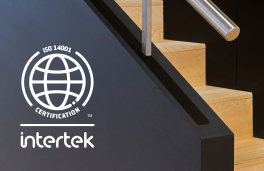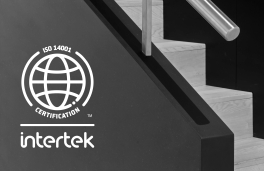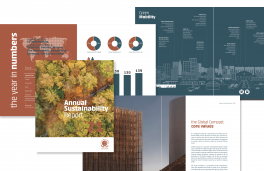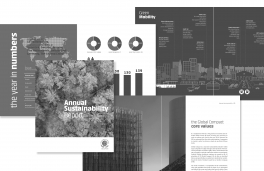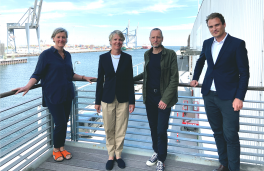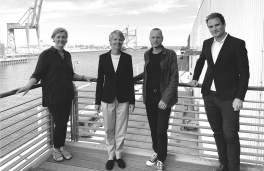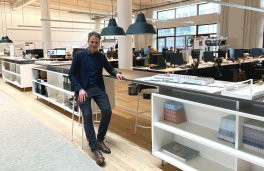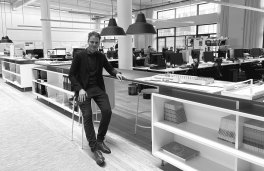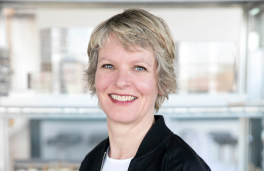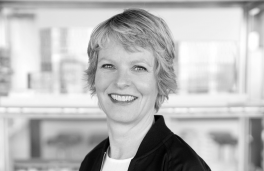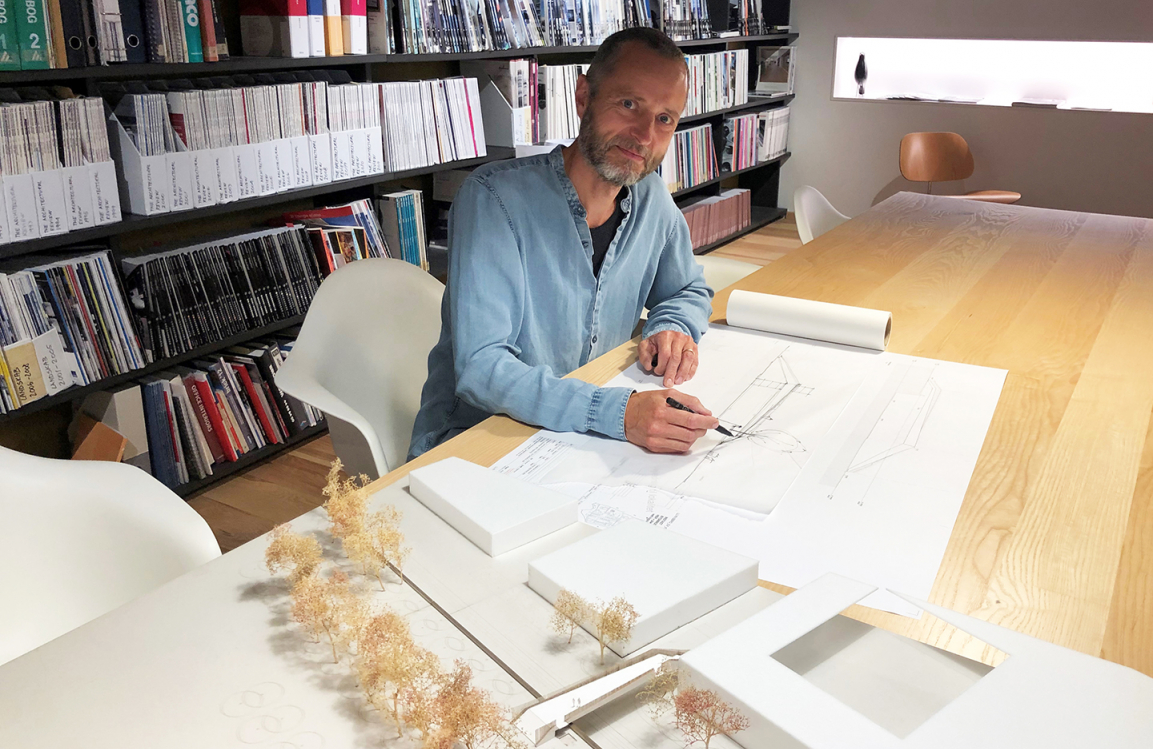 Our firm
Our firm
Gottlieb Paludan Architects' footbridges: interview with our Head of Design, Thomas Bonde-Hansen
03.07.2020What is special about footbridges and their functionality?
The primary function of a footbridge is to connect places for people on the move.
Cyclists and pedestrians experience the crossing of a bridge differently from driving in a car or riding on a train; the pace is slower and it gives you a different opportunity to experience crossing the barrier spanned by the bridge. As architects, we can make this experience more or less spectacular.
Which considerations are brought into play when designing a footbridge?
The physical context and the integration of the bridge into its surroundings play a major role for the manifestation and design of the bridge. This makes it essential to consider both the site itself and what goes on there. A bridge at a station is vastly different from a bridge at an educational institution or in a nature area, for example.
This is exemplified by the bridge that we’re designing for Tyresta National Park in Sweden which has a simple, light construction because the visitors come there to experience nature. Consequently, the bridge has little impact on its surroundings and the natural setting is the prime focus on the trip from one bank to the other. The simplicity of the bridge is a way of showing respect for the site.
The footbridge at the DTU Lyngby Campus is an example of a bridge that relates to its context in many ways. The structural principles are readily apparent due to the simple design and the explicit rendering of its structural assembly. It displays DTU’s red signature colour, supporting the identity of the location.
Contrary to the other bridges, the footbridges for Network Rail in the UK were to be designed as a generic model that must fit in with a wide variety of locations. We don’t know the actual context, only the functional requirements that the bridge must meet, which is challenging. We opted for a simple form that can be retained even when adapting the bridge to the specific site.
The project on Jyllingevej is about improving something that has already been designed and built - and well used. Here, we have the opportunity to practice what we find most meaningful – namely, to peel off and simplify, so that the architecture, the construction and the meaning of it all is made clear. In our opinion, these are some of the qualities that can help people to have better experiences in everyday life on their way to and from work, school and home.
What are some of the challenges that can arise in footbridge projects?
Simplicity is paramount to our designs, but multiple different factors can help shape how this is expressed in the bridge.
Bridges are largely about accessibility and the structure leading up to the bridge is actually a major part of the construction and its visual expression and often very space-consuming. Yet this is rarely considered when conceptualizing bridge design. In some cases, the bridge’s ramps or lifts become essential features with a major impact – both visually and in terms of design.
We always try to incorporate the functional requirements for accessibility from the outset to make it a natural part of the design.
What characterizes Gottlieb Paludan Architects’ approach to bridge design?
At Gottlieb Paludan Architects, we focus on the simple style of our bridge designs, and it is crucial for us that the structure respects its physical context. We understand that a bridge does not necessarily have to be a spectacular structure, but that it must serve a functional purpose above all.
In some cases, we also include other considerations when designing footbridges; such as buildability. This is where simplicity can be an advantage – for structural reasons. And we are always concerned that architect’s and engineer’s work, in relation to the design of bridges, is two sides of the same matter and must therefore be considered collectively.
We attempt to conceive design ideas that are robust to the changes and adaptations that almost invariably come to the project through a design process.

